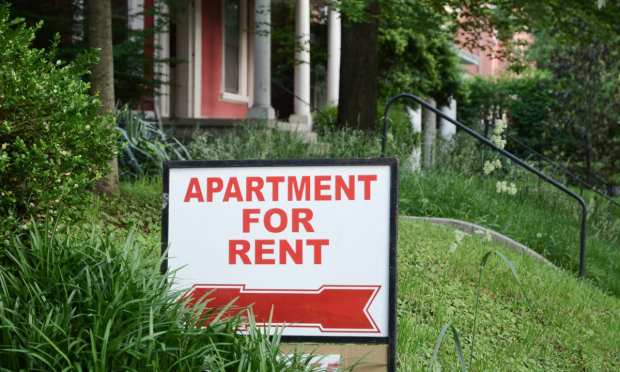Suburban Rents On The Rise As People Flee Major Cities

The flexible work policies of the pandemic era have prompted Americans to move, resulting in higher rents in suburbs and lower rents in cities such as New York and Los Angeles, Bloomberg reported.
U.S. apartment rents, including concessions factored in, had decreased 0.3 percent last month, as compared to pre-pandemic all-time highs last year, according to numbers from RealPage Inc.
However, the pandemic has spurred a new kind of geographical divide, with rents falling 22 percent in San Francisco, 16 percent in New York and 9 percent in Boston.
At the same time, however, of 150 large metro areas studied by RealPage, 119 of them saw an increase in rent.
Bloomberg reports that the rent in Los Angeles suburb Riverside increased 8 percent, and Sacramento saw an increase, too. In Memphis, Tennessee, rents were up 6 percent, while rent climbed around 5 percent in Phoenix, Detroit and Cleveland, per the news outlet.
The pandemic has hit several cities quite hard, including big ones like New York City and Los Angeles, with requirements to close restaurants and other such attractions like cultural attractions, and office buildings emptied out in favor of working from home. As more people worked from home, businesses like gas stations began to see falling revenues as people didn’t stop there anymore as they used to.
The pandemic could have the unexpected effect of shifting businesses out of cities. Real estate searches in the suburbs were up 13 percent last summer as the pandemic was in full swing and people were beginning to get used to staying away from public gatherings.
In addition, according to Bloomberg around that time, Zillow views for suburban areas around previously popular destinations like Los Angeles or NYC rose 10.5 percent after the pandemic hit.
PYMNTS also reported on the demographic shift where millennials are currently migrating back out of the cities in droves, fueled by the pandemic as well as getting into their mid- to late-30s and wanting to have children.
